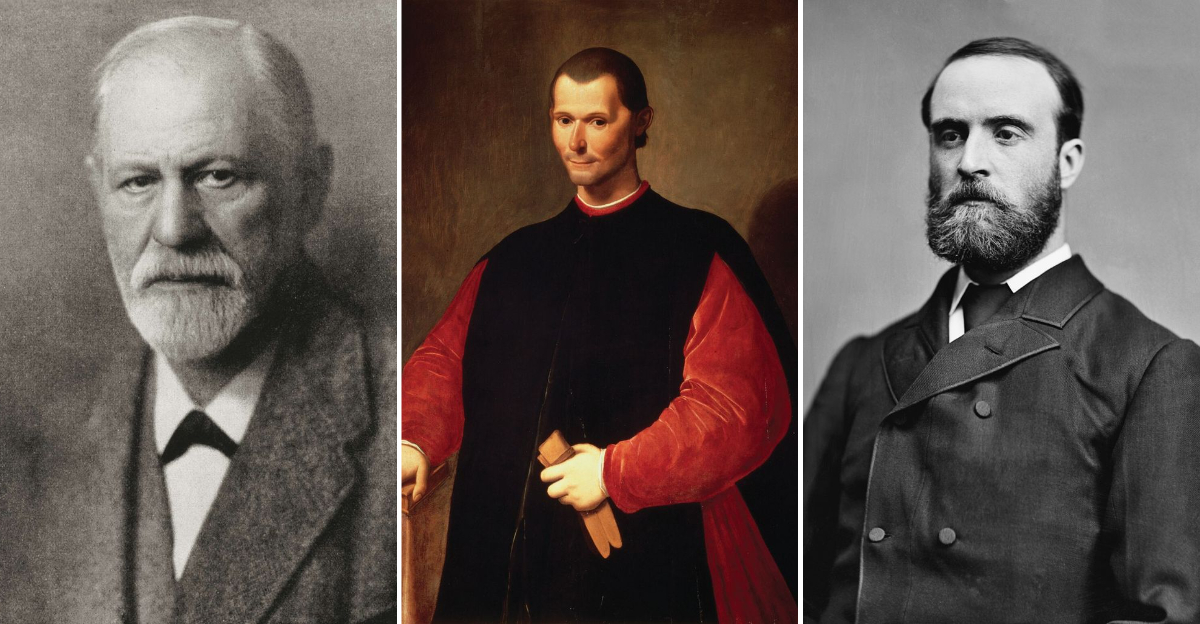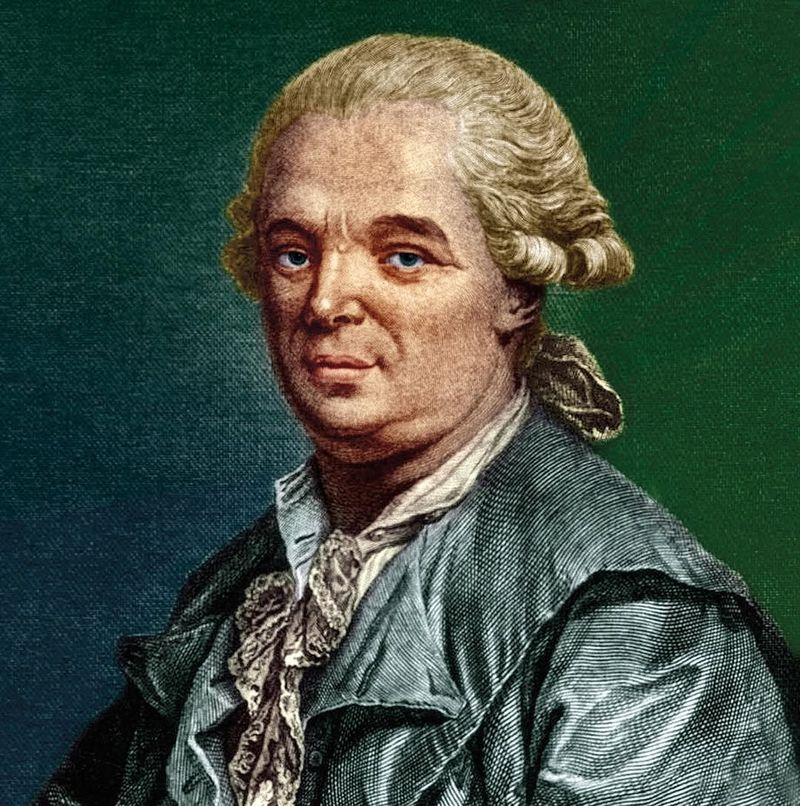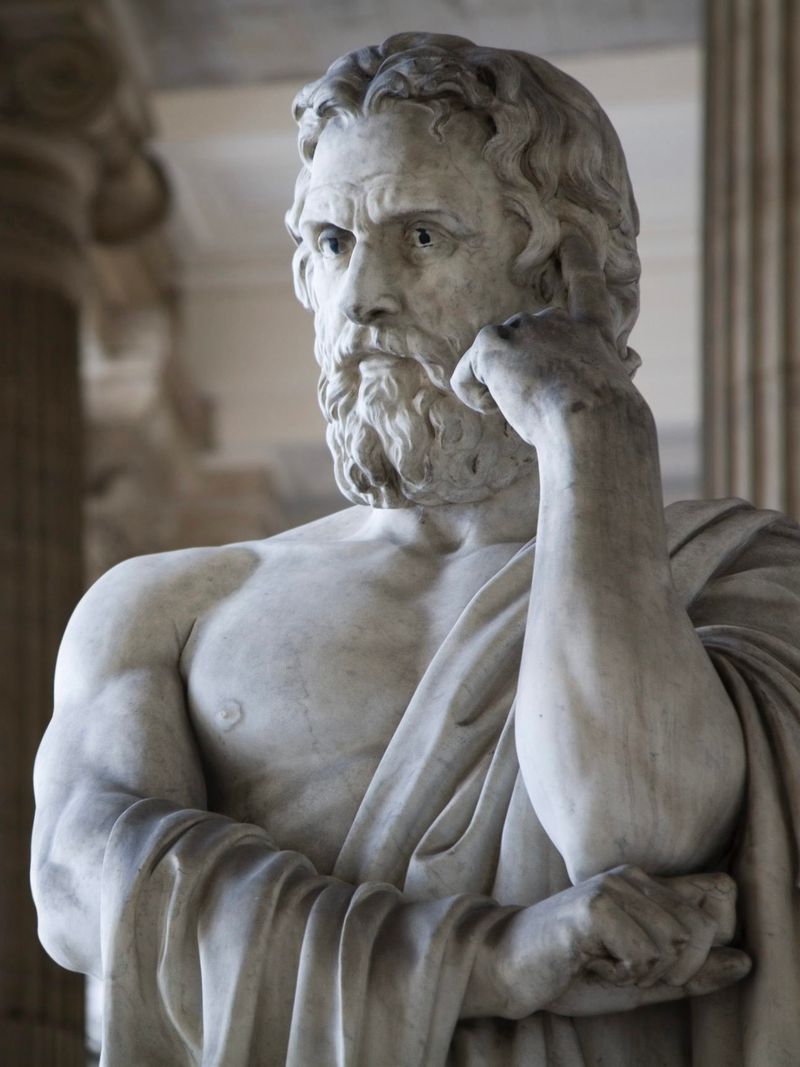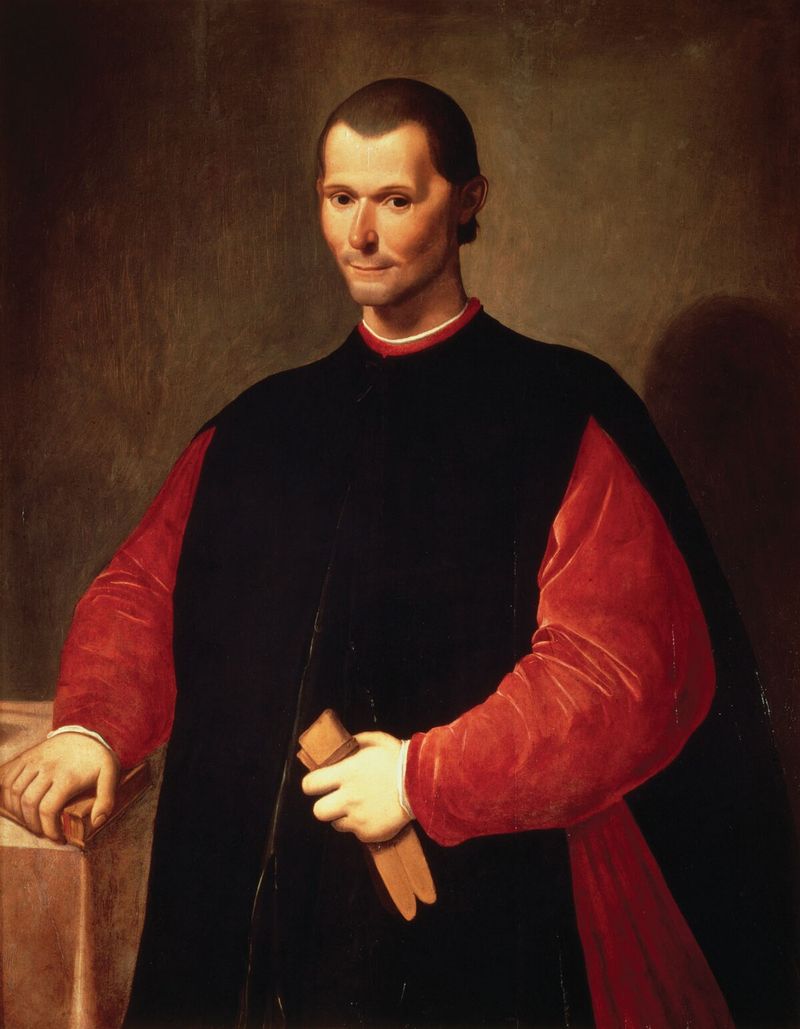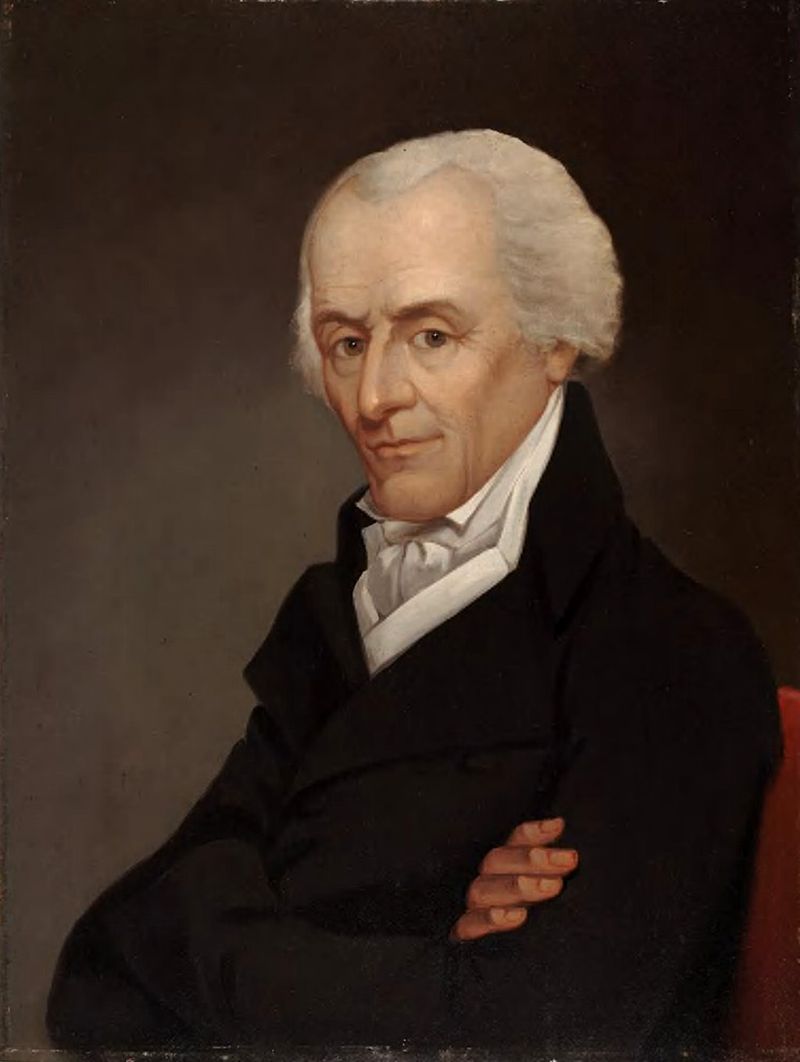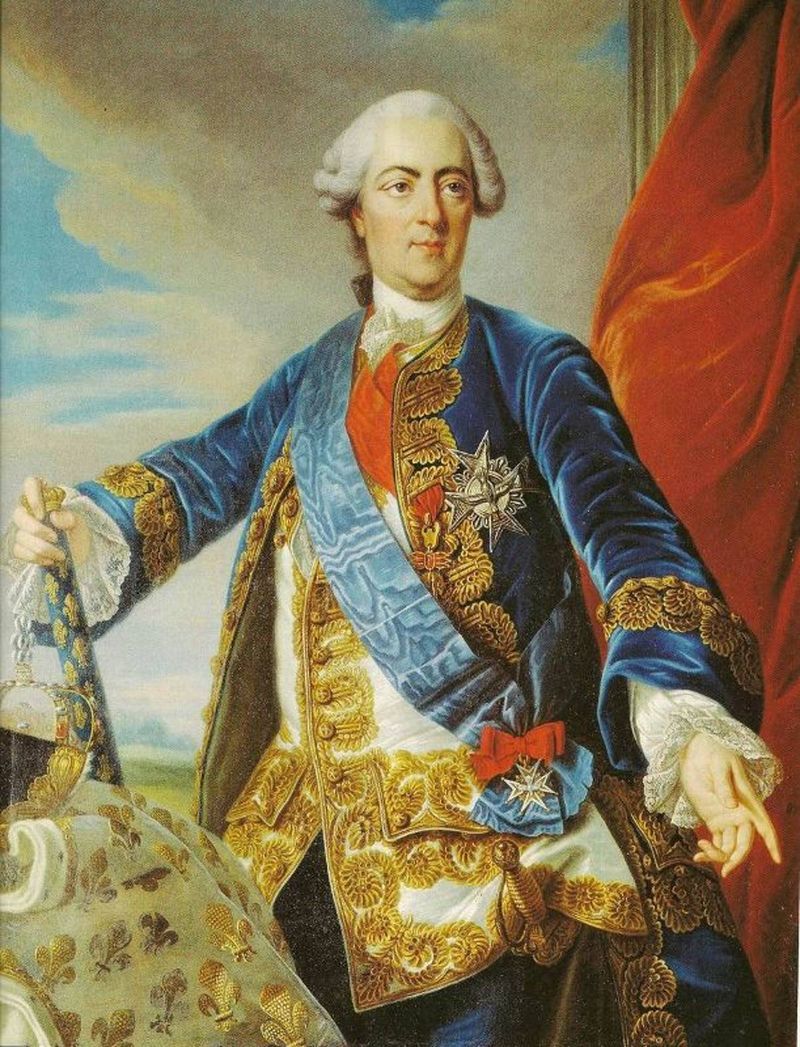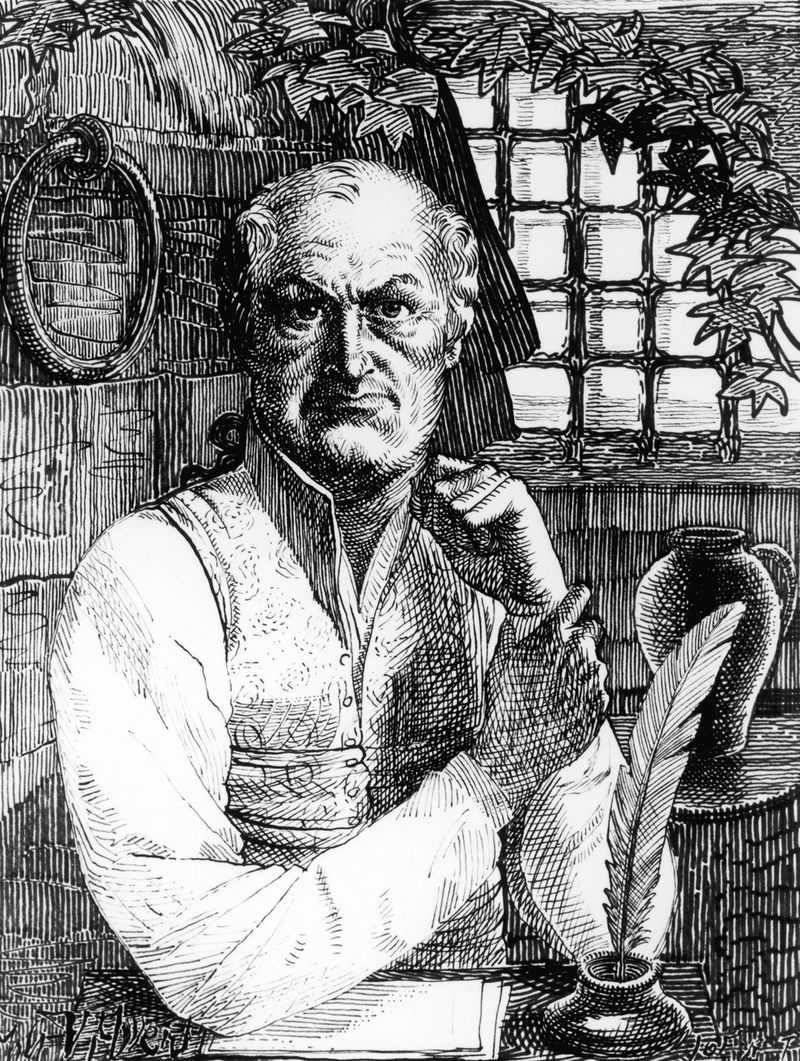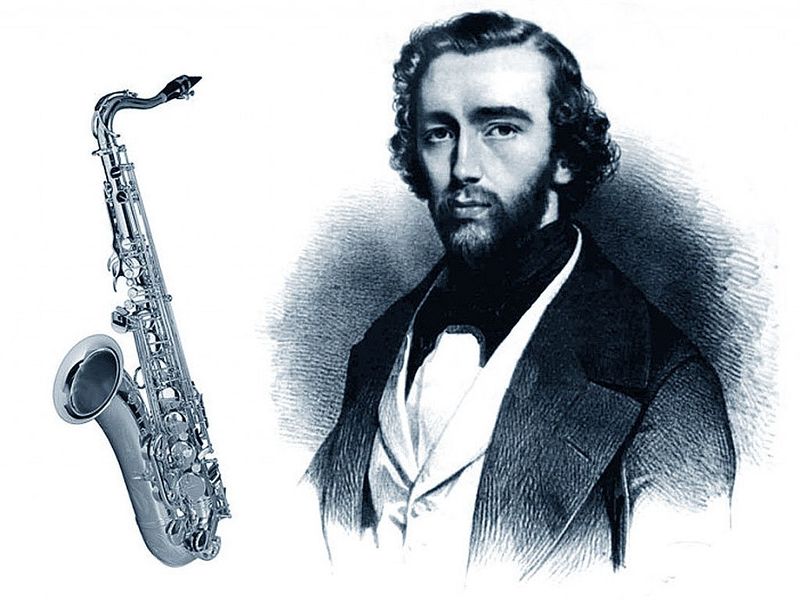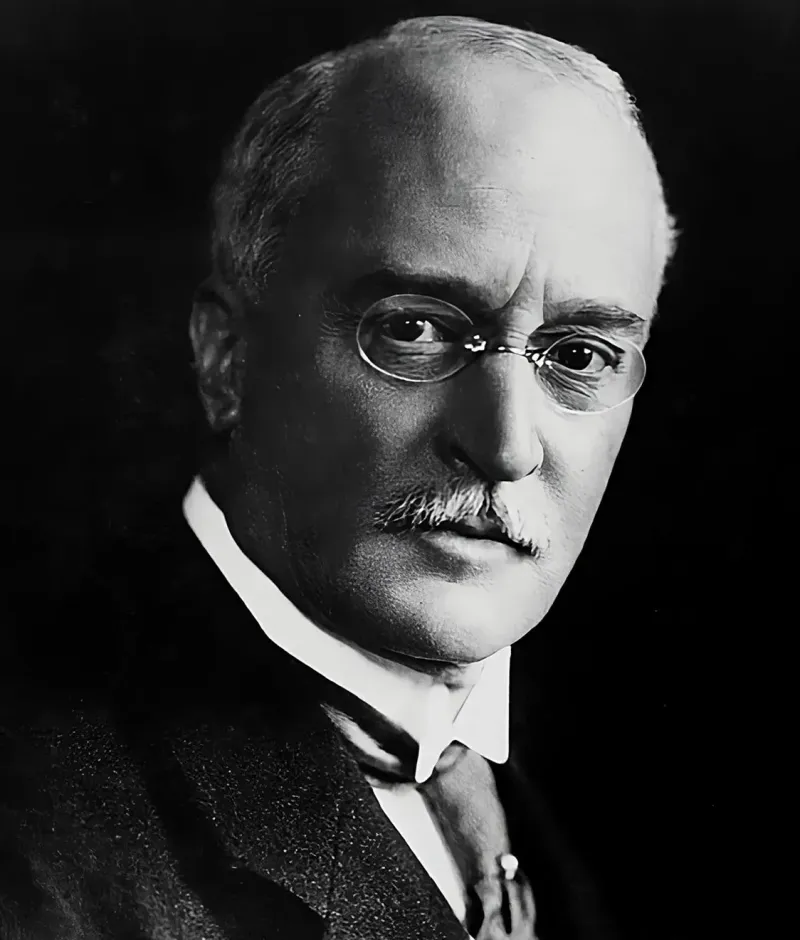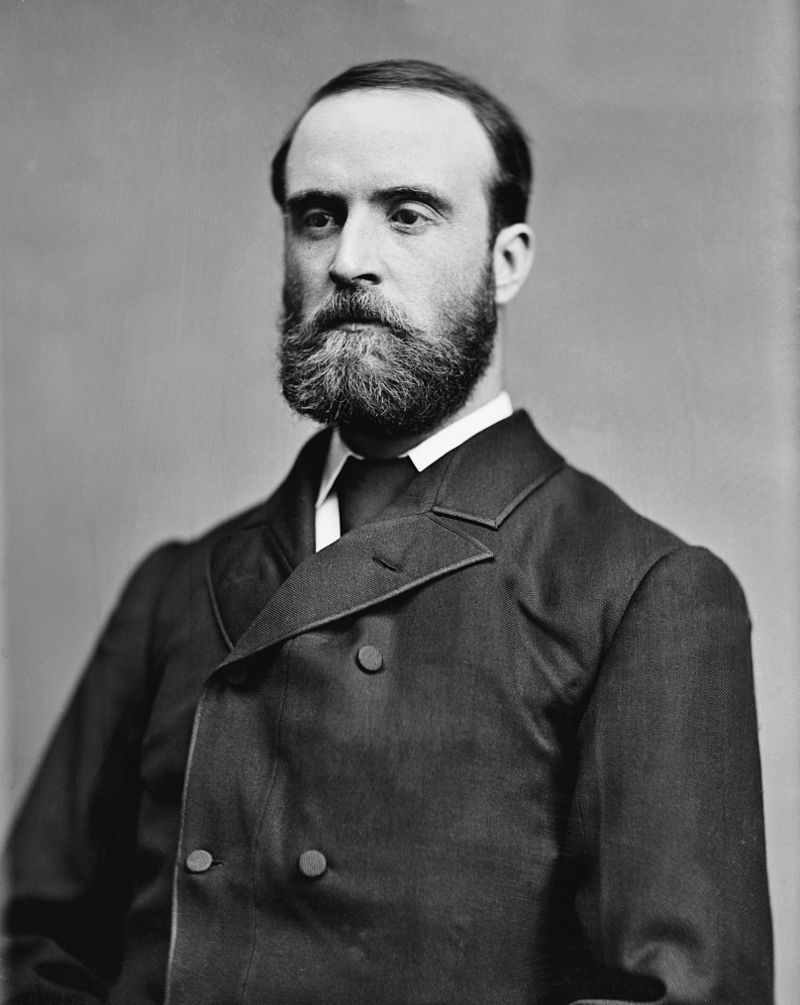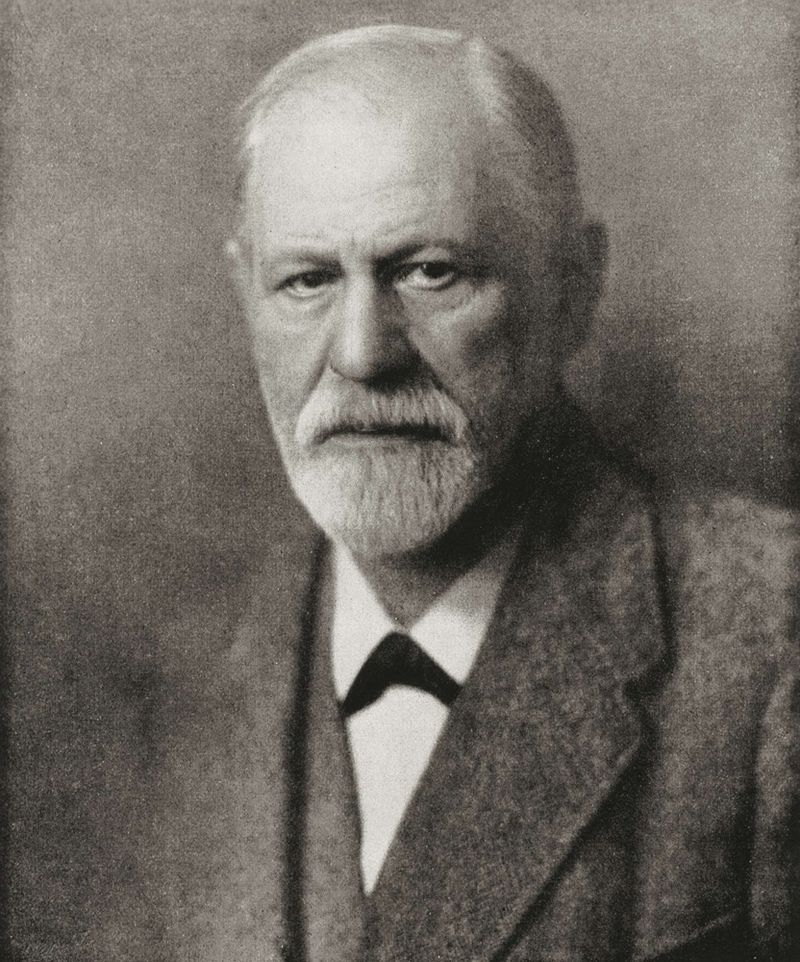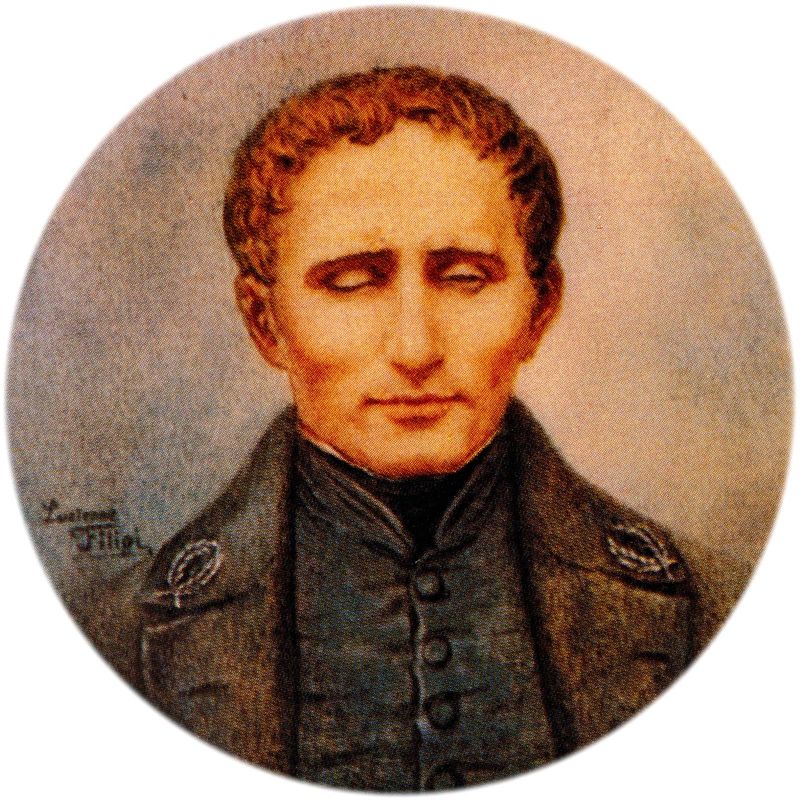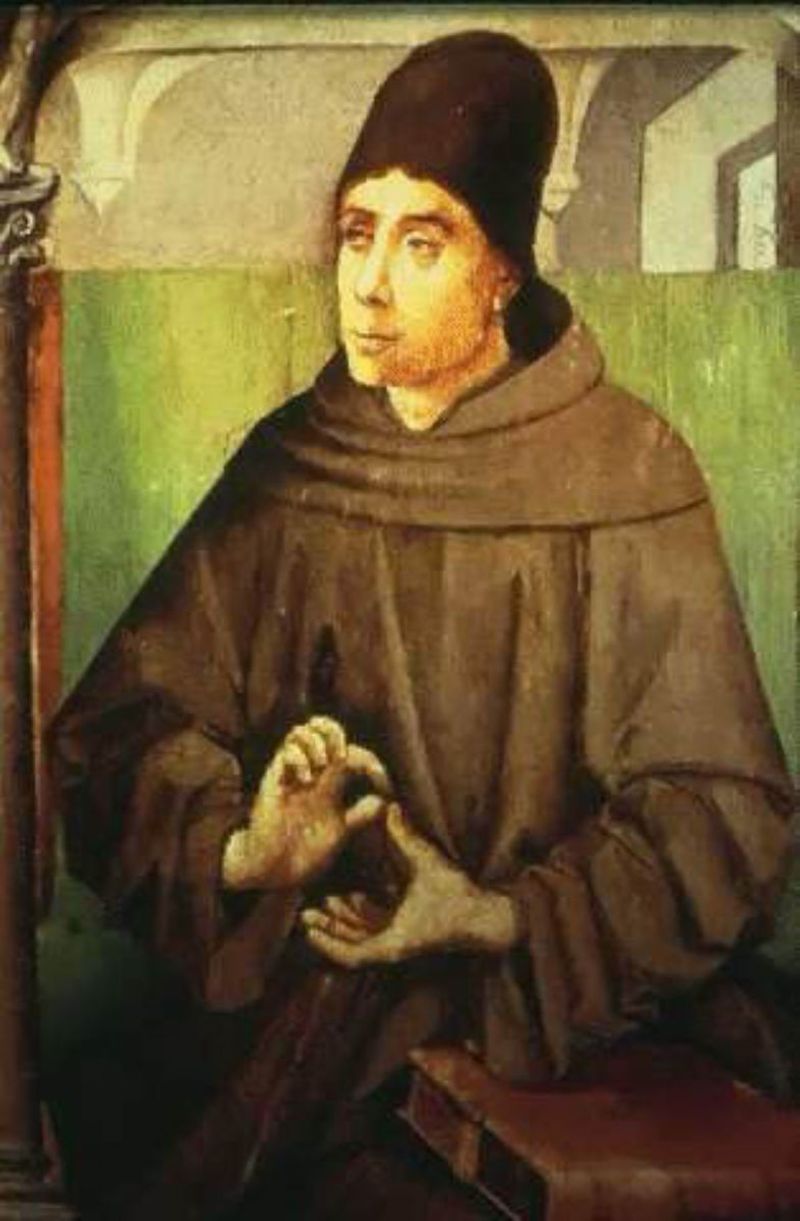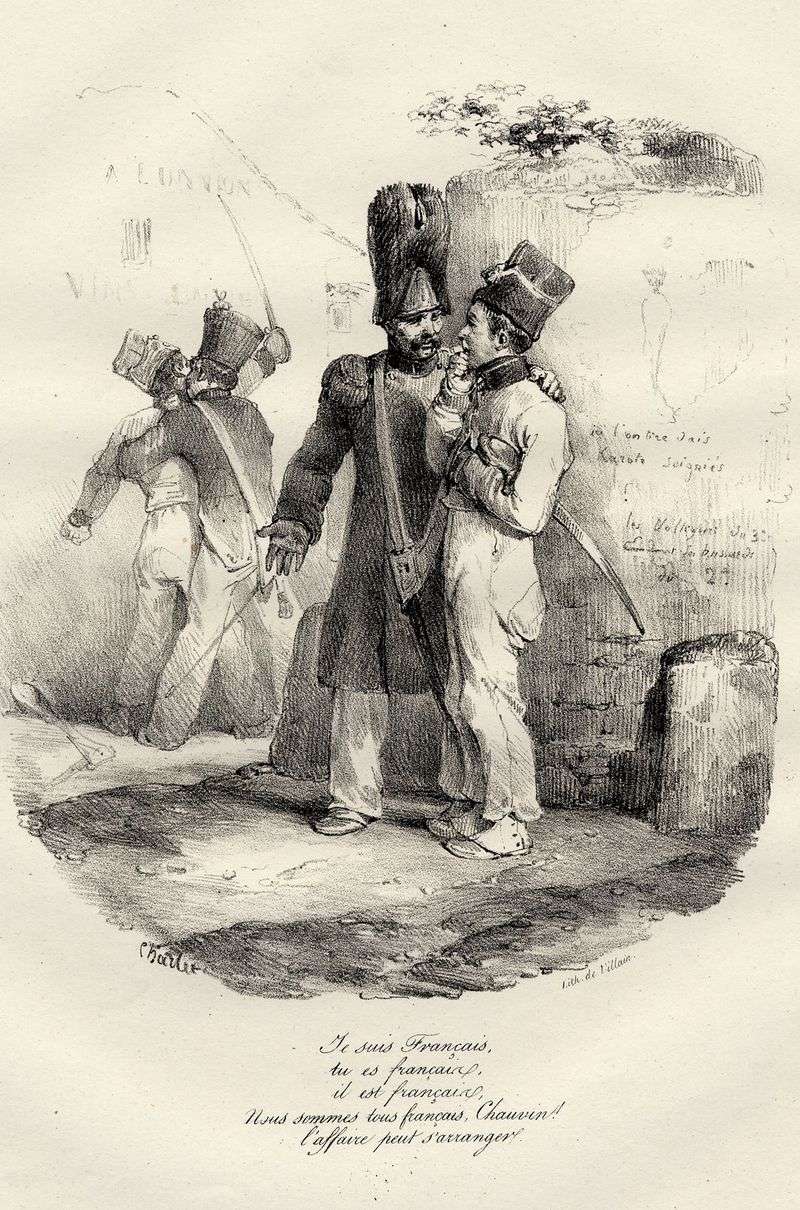Some people make such a lasting impact that their names become part of our everyday vocabulary. From historical figures to scientists, these names turned into adjectives that describe everything from leadership styles to artistic influence.
1. Mesmerizing (Franz Mesmer)
Franz Mesmer, an 18th-century physician, developed a theory of “animal magnetism” that involved hypnotic treatments. His name inspired mesmerize, meaning to captivate or hypnotize.
Mesmer’s practices, though controversial, laid the groundwork for modern hypnotherapy. His belief in a natural energy transference between all animated and inanimate objects was revolutionary.
Today, being mesmerized means being completely absorbed or fascinated by something, much like the audiences who attended Mesmer’s sessions hoping to witness miraculous cures or experience inexplicable allure. This term captures the essence of being spellbound by charm or mystery.
2. Draconian (Draco of Athens)
Draco was an ancient Greek legislator who created a harsh legal system. Today, draconian describes excessively strict rules or punishments. Known for his severe code, Draco’s laws were notorious for their unforgiving nature, often prescribing death for minor offenses.
This inflexibility underscored the rigidity and authoritarianism of early legal systems. The adjective draconian now broadly conveys the idea of harshness and severity, especially in policies or measures that appear unjustly severe or oppressive.
Draco’s legacy is a cautionary tale of the potential extremes of legalistic rigor, reminding us of the importance of balanced governance.
3. Machiavellian (Niccolò Machiavelli)
Italian philosopher Niccolò Machiavelli wrote The Prince, a book on cunning political tactics. His name now describes deceitful, strategic manipulation.
Machiavelli’s work explored the complex relationship between ethics and politics, advocating for pragmatic, sometimes ruthless, decision-making. Though often associated with negative connotations, Machiavellianism highlights the calculated and strategic aspects of leadership and power dynamics.
It examines the use of cunning and duplicity in statecraft and personal conduct. This term remains relevant in political discourse, reflecting a mindset focused on ambition and realpolitik, often prioritizing power over morality.
4. Gerrymandering (Elbridge Gerry)
Elbridge Gerry, a U.S. politician, approved a voting district map in 1812 that unfairly favored his party. The oddly shaped district looked like a salamander—hence gerrymandering, meaning to manipulate political boundaries.
This term captures the essence of strategic political maneuvering intended to gain electoral advantage through boundary manipulation. Though beneficial to those in power, gerrymandering undermines democratic principles by distorting voter representation.
It highlights the tension between political strategy and fairness, prompting ongoing debates about electoral reforms and the integrity of democratic processes. The practice remains controversial and widely criticized.
5. Silhouetted (Étienne de Silhouette)
Étienne de Silhouette, a French finance minister, was known for his cost-cutting ways. His name became associated with simple, shadow-like portrait drawings, now known as silhouettes.
This form of art emphasizes simplicity and economy, much like the financial austerity Silhouette advocated. Originating as a fashion among French nobility for economical portraiture, silhouettes preserve the essence of a person’s profile in elegant simplicity.
Today, the term signifies an outline or shadow, capturing the minimalist beauty in art and design. Silhouettes remind us of the balance between detail and simplicity in visual representation.
6. Sadistic (Marquis de Sade)
The infamous French writer and libertine, Marquis de Sade, was known for his extreme and cruel behavior. His name inspired sadism, the enjoyment of inflicting pain. Sade’s controversial works explored themes of power, cruelty, and hedonism, challenging societal norms.
Though often met with moral outrage, his writings delved into the darker aspects of human nature and pleasure derived from others’ suffering.
Today, sadism captures this grim fascination with cruelty and the complex interplay between pain and pleasure. It serves as a reminder of the fine line between desire and depravity in human behavior.
7. Saxophone (Adolphe Sax)
Belgian instrument maker Adolphe Sax invented the saxophone in the 1840s, forever linking his name to jazz music. Sax’s creation revolutionized musical expression, bridging the gap between brass and woodwind instruments with its unique sound.
The saxophone’s versatility made it a staple in various musical genres, from classical to jazz, influencing countless musicians. Sax’s innovation exemplifies creativity and craftsmanship, highlighting the role of innovation in art.
As a symbol of musical dynamism, the saxophone continues to inspire artists and audiences, underscoring the enduring impact of Sax’s inventive spirit on global music culture.
8. Diesel (Rudolf Diesel)
German engineer Rudolf Diesel created the diesel engine, which now powers vehicles worldwide. Diesel’s invention marked a significant advancement in engine technology, offering greater efficiency and performance than traditional steam engines.
His work paved the way for modern transportation and industrial machinery, transforming how goods and people move across the globe. Diesel engines are renowned for their durability and fuel efficiency, reflecting Diesel’s commitment to innovation and sustainability.
This legacy underscores the importance of engineering in shaping our world, demonstrating how a single invention can drive significant societal progress and environmental considerations.
9. Boycott (Charles Boycott)
Charles Boycott was a 19th-century British land agent in Ireland. When he treated his tenants unfairly, they refused to work for him or interact with him—giving birth to the word boycott, meaning organized refusal.
His actions were so unpopular that local farmers and workers united against him, creating a social and economic blockade.
The term boycott now signifies a collective decision to abstain from using, buying, or dealing with a person, organization, or country as an expression of protest or as a means to force acceptance of certain conditions. This historical act of defiance continues to resonate today.
10. Freudian (Sigmund Freud)
Sigmund Freud, the father of psychoanalysis, gave us theories about the unconscious mind. His name now describes ideas related to hidden thoughts and desires (Freudian slip, for example).
Freud’s groundbreaking work explored the depths of the human psyche, emphasizing the influence of unconscious processes on behavior. His theories on dreams, repressed emotions, and childhood experiences unveiled new dimensions of human consciousness.
Today, Freudian concepts permeate psychology and everyday language, shaping our understanding of human motivations. The term captures the essence of introspection, encouraging exploration into the unknown realms of the self and mind.
11. Braille (Louis Braille)
Louis Braille invented the raised-dot reading system for the visually impaired, which still bears his name. Braille’s innovation provided a means for blind individuals to read and write independently, revolutionizing accessibility.
His system opened new educational and professional opportunities, empowering the visually impaired to participate fully in society. This tactile reading method exemplifies the power of adaptive technology in overcoming challenges and fostering inclusivity.
Braille remains a symbol of empowerment and communication, reflecting the importance of equal access to information for all individuals, regardless of their physical abilities or limitations.
12. Dunce (John Duns Scotus)
Medieval philosopher John Duns Scotus had followers known as “Duns men,” who were later mocked for resisting new ideas. Their name eventually evolved into dunce, meaning someone slow to learn.
Despite Scotus’s contributions to theology and philosophy, his followers’ reluctance to embrace Renaissance humanism led to their ridicule. The term dunce came to symbolize ignorance and stubbornness in the face of progress.
This transformation highlights the tension between tradition and innovation, reminding us of the importance of open-mindedness in intellectual pursuits. It serves as a cautionary tale about resisting change and clinging to outdated ideologies.
13. Chauvinistic (Nicolas Chauvin)
French soldier Nicolas Chauvin was famous for his extreme patriotism. Today, chauvinistic describes someone with excessive or prejudiced loyalty—whether to a country, gender, or ideology.
Chauvin’s blind devotion became emblematic of narrow-mindedness and unfounded superiority. This term critiques attitudes that prioritize allegiance over critical thinking, reflecting societal challenges in balancing pride and inclusivity.
Chauvinism underscores the dangers of rigid ideologies, advocating for awareness and tolerance in diverse communities. It reminds us to question biases and strive for fairness, as blind allegiance can lead to divisiveness and perpetuate social inequalities.
